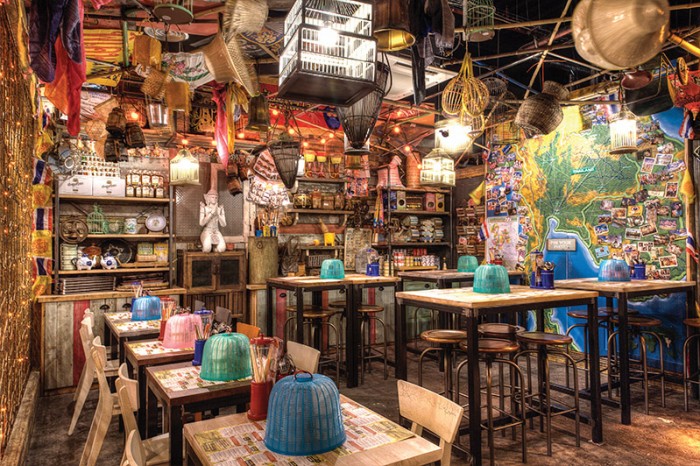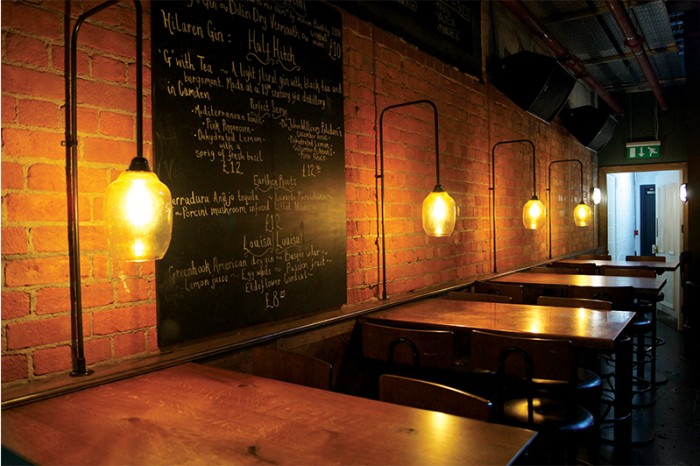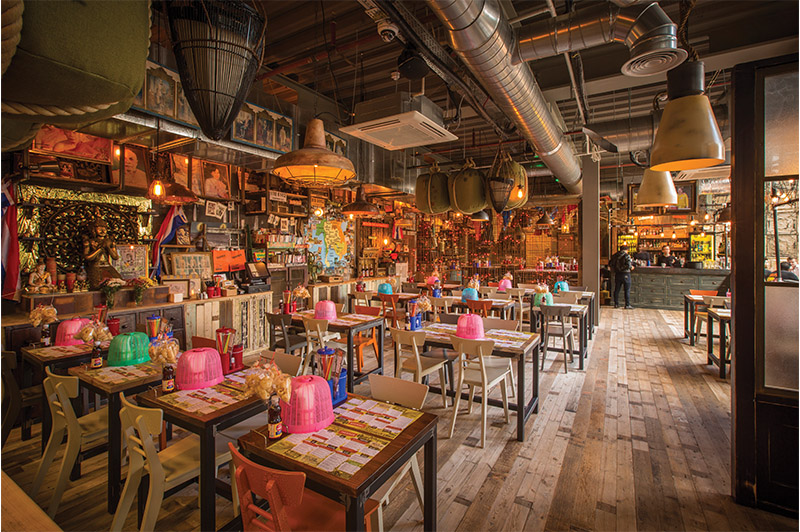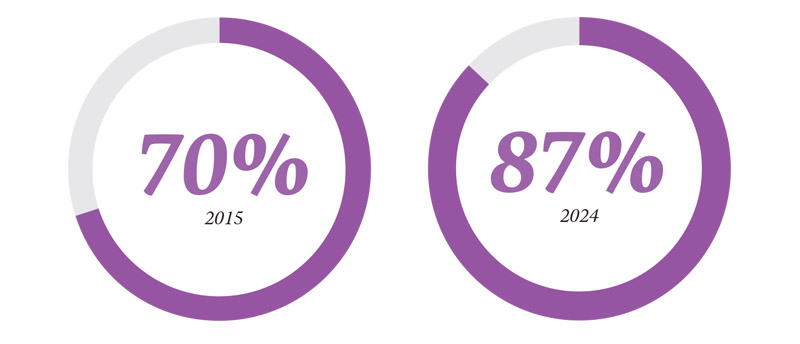The generations and their demands
Against the backdrop of an ageing population designers and manufacturers need to be bridging the generational divide

An ageing and flexible workforce, alongside the more adventurous lifestyles of the baby boomer generation, means that buildings increasingly need to serve the needs of the entire age spectrum. And nowhere have these trends been more discernible than in the hospitality and retail sectors. As the managing director of decorative lighting supplier Northern Light, Paul Wade is well placed to comment on the changes sweeping through the industry, seeing first-hand how interior design is constantly evolving in response to this changing society.
Authenticity
Wade says that today there are a lot of venues that need to accommodate multiple generations from family restaurants and hotels through to shopping centres. “It is not unusual to have three generations sitting together to enjoy a family meal. That poses challenges in terms of how to overcome the different preferences and tastes in terms of interior design.
Wade says his company has found two approaches that are popular. The first, he says, is authenticity. “An interior that creates a genuinely different experience has a broader appeal which can fill the generation gap.”
In particular he has seen the rising popularity of destination restaurants and hotels, and says the recent Thaikhun project is a good example. Thaikhun, pronounced ‘tycoon’, is a new casual dining experience from the Thai Leisure Group, the company behind the Chaophraya and ChaoBaby brands, and offers Bangkok-style street food in authentic and traditionally rustic surroundings.

“An interior that creates a genuinely different experience has a broader appeal which can fill the generation gap”
For two sites in Aberdeen and Manchester Jonathan Morgan Design Associates developed a bright, bustling and contrasting interior infused with rich and authentic elements. Explains Wade: “We were tasked with turning some of the things such as telegraph poles, scaffolding rails and bird cages you would see on a Bangkok street into light fittings. Many fittings also used bespoke rusty finishes to accentuate the raw textures and bright colour schemes. The concept has proved to be very popular and new sites in Cambridge and Oxford have been launched this year.”
Secondly, he says, many venues also use a ‘mix and match’ approach, combining typical design elements from various periods from which people of all age groups can find comfort. Adds Wade: “The popular ‘industrial style’ is a reflection of this approach. The industrial aesthetic has captured many aspects of design. It is inherently retro but the clean lines and simple shapes give a modern minimalist edge.”
Another example is Pintura, a Basque-inspired kitchen and bar at the Trinity Leeds shopping centre. The interior features exposed brick walls which create a stark utilitarian,background with classic leather sofas and rich wood finish adding warmth and elegance. “The lighting solution we supplied was also a mixture of contemporary and industrial styles, luxury oversized fabric shades coupled with industrial style spun pendants and clear glass wall lights,” adds Wade.

Generation Y
However there are still plenty of venues that only target certain customers, most notably Generation Y, the label given to people born in the 1980s and 1990s. This generation now makes up a significant portion of consumers and, significantly, influence other generations’ choices.
Interior design has evolved in recent years to meet the expectations of generation Y. This can be seen through the use of more and more earthy tones, natural materials and pastel shades. “For this generation it is all about neutral tones and natural colours,” adds Wade.

Generation X and Y working population
Marriott is among many hotel brands that have announced that its new rooms will increasingly be designed with younger travellers in mind.
It says people of Generation X age (those born in the late 1960s and 1970s) and Generation Y comprise 70% of the working population and will represent 87% by 2024.
It says these travellers do not want heavy furniture or abundant closet space, however they do want plenty of electrical outlets to accommodate mobile devices.

Elderly Concerns
However, given the ageing population, designers do also need to ensure they are thinking hard about the needs of the elderly, says Karen Raffles, European key account manager for safety flooring specialist Altro.
She says many sectors could learn valuable, and profitable, lessons from the developments in design for healthcare in recent years. “The design movement that recognises the role of the built environment in elderly care, particularly for the growing numbers of people with dementia, has seen some real successes. Architects, designers and manufacturers have focused on understanding the challenges older people face, and finding intelligent ways to overcome them.”
Raffles says this movement goes beyond what the regulations say must be done and instead aims to “see as others see”. “In practical terms, a good starting point in creating spaces for everyone is to make sure that the normal problems of the ageing eye are well compensated for. This can be done in several ways, which are really just common sense: design a very clearly defined space; prioritise what is most important; and ensure good lighting and tonal contrast between flooring, skirtings, walls and doors.
“These principles are all applicable in the public realm. Bars, museums and sports facilities could all be more accessible for older people and also for those with visual impairments, learning difficulties and mental health problems by applying intelligent design.
“With population projections showing ever-increasing numbers of older people, many sectors can’t afford not to try to bridge the generational divide.”
What do you think? Should we bridge the gap or celebrate differences? share your thoughts on twitter @designinsider1 #GenDesign





Comments
Interesting article, I never thought of industrial or vintage themes as a ways of bridging generational divides before.